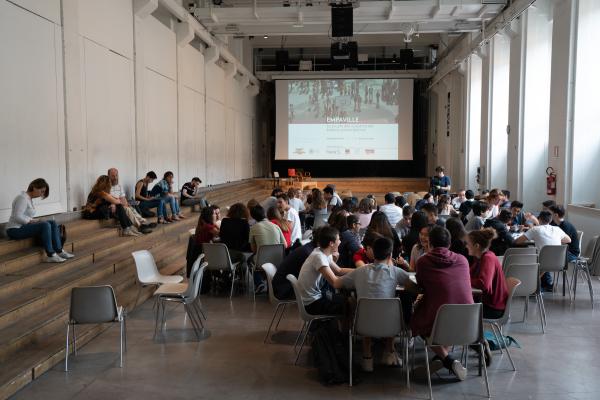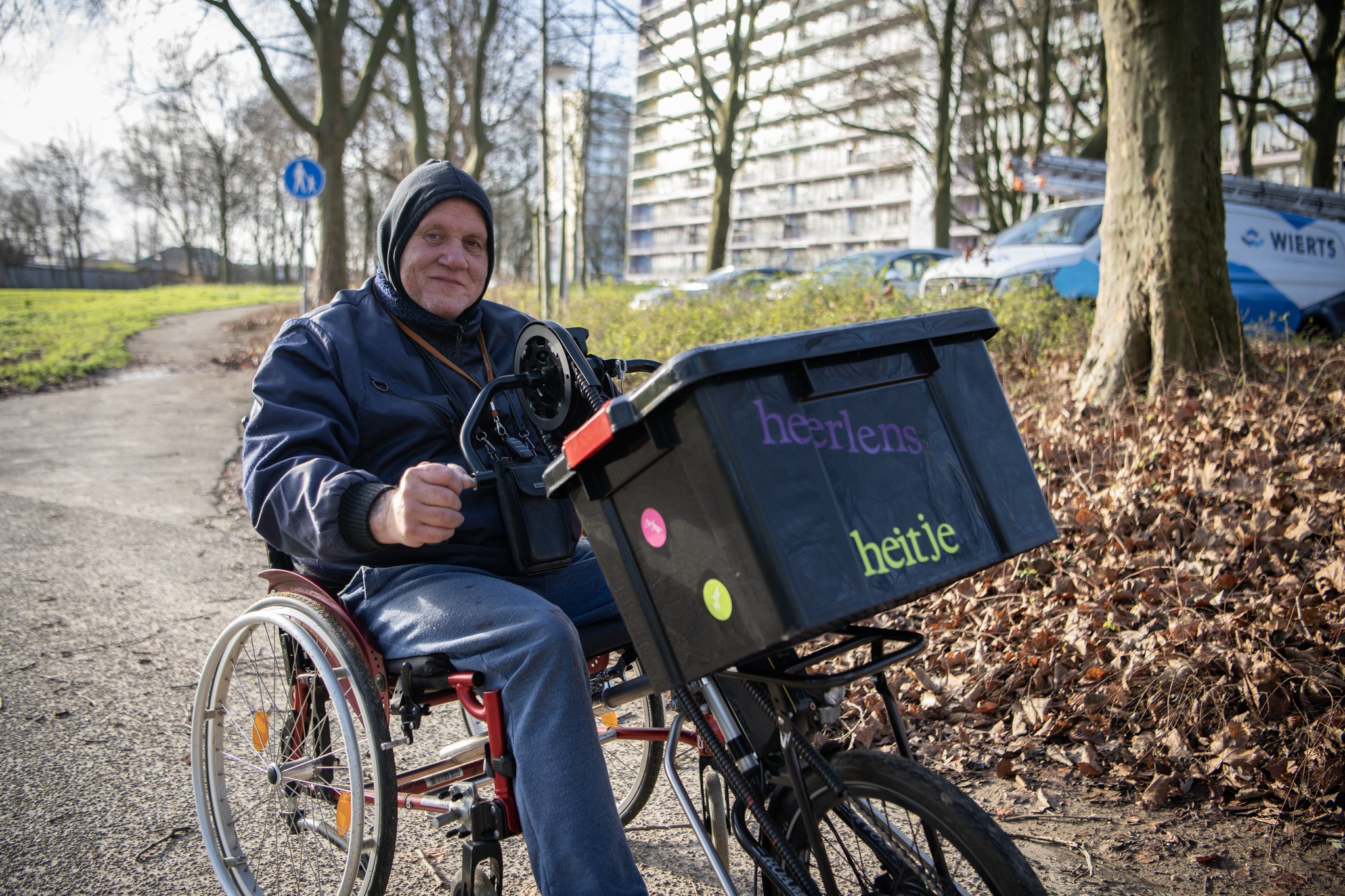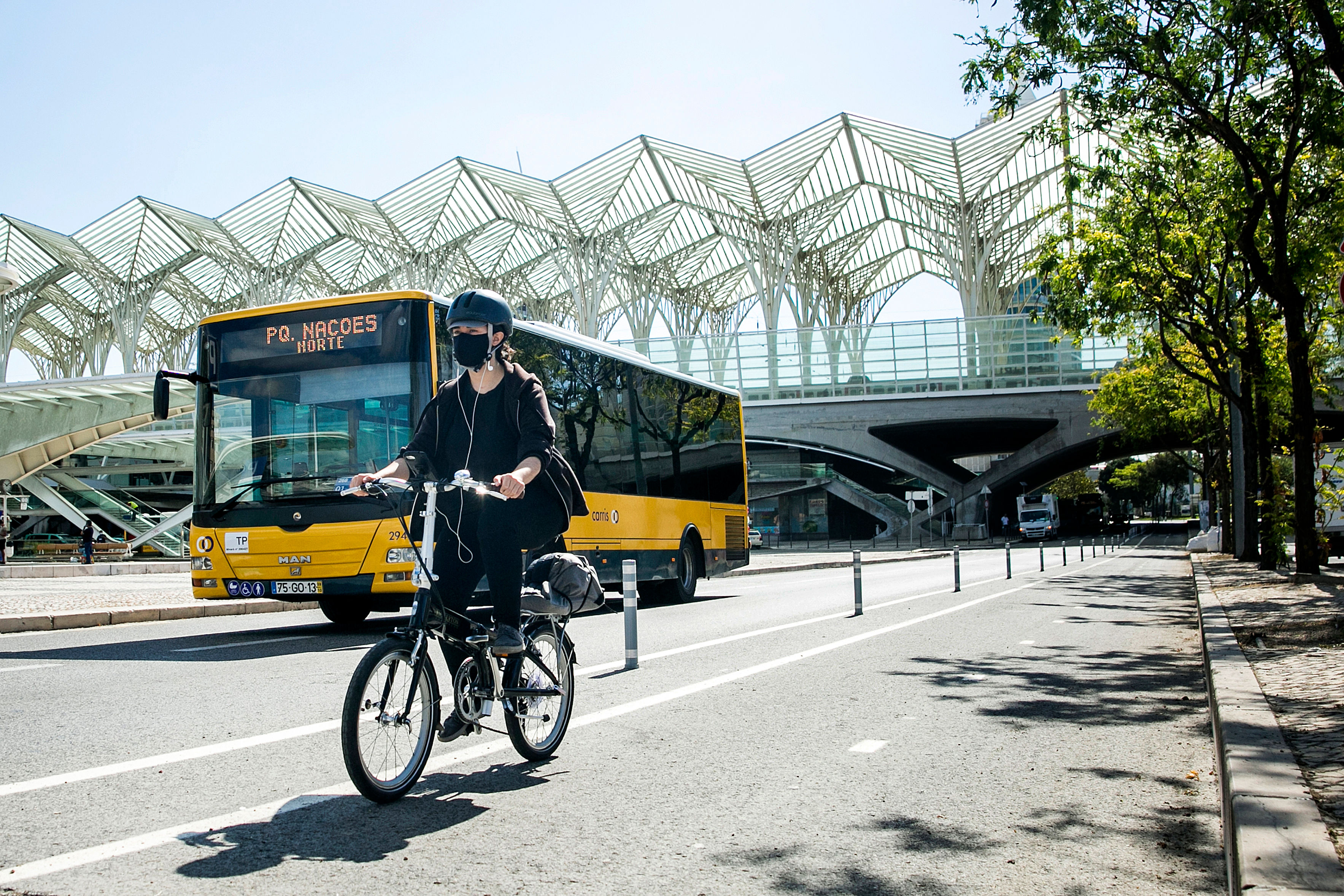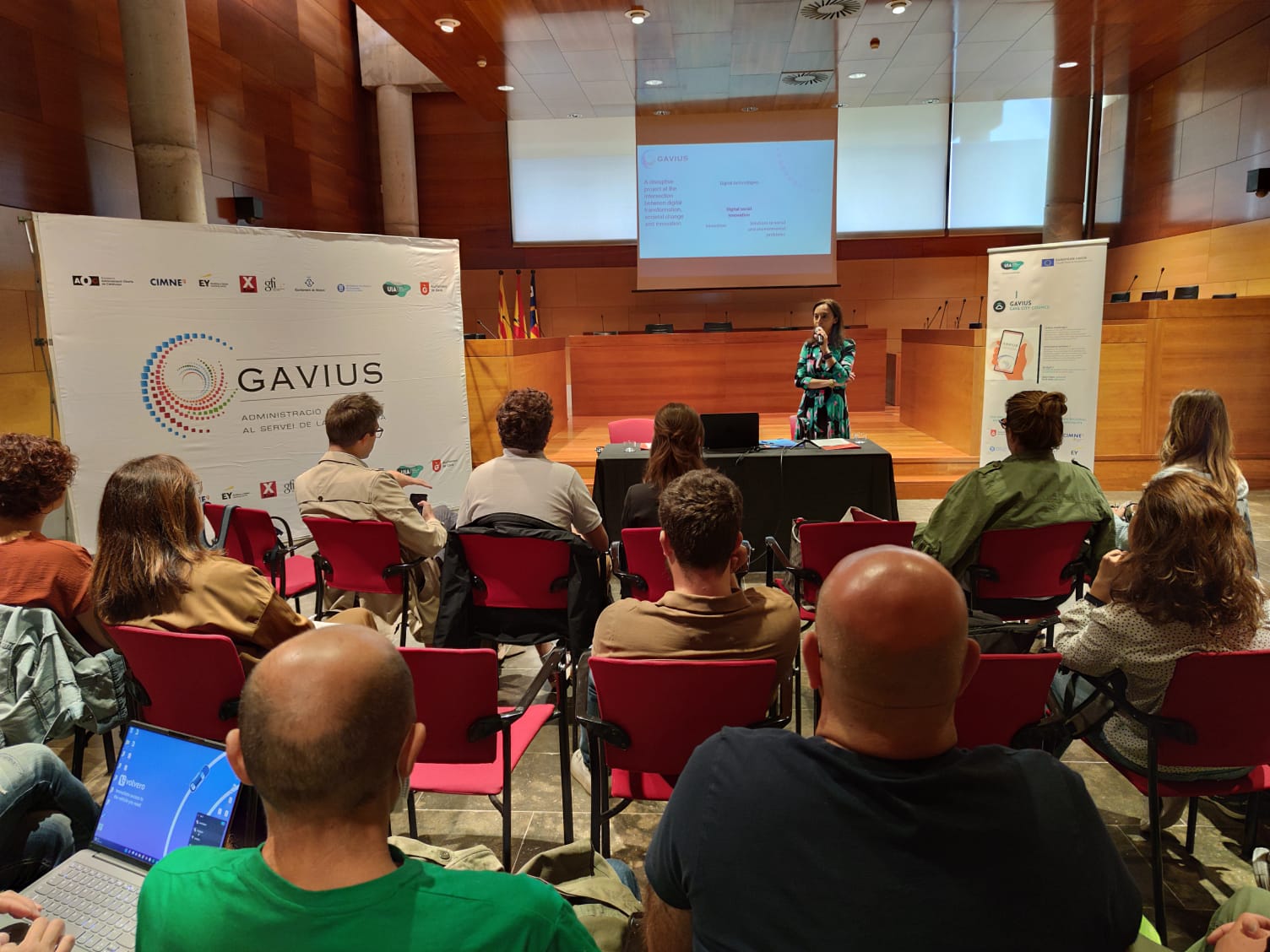
Participation, transparency and inclusive services towards a European way of digital transition
Digital literacy and urban transformation
On a late September afternoon, I entered a sand-covered garden opening from Ravenna’s Candiano Canal. The garden, belonging to the Pop-Up Darsena, a venue in the city’s former port area, the Darsena, offered a perfect location for this encounter. After months of isolation due to the Covid lockdowns, participants of this Story Lab event were happy to sit around tables in the garden, take off their masks and exchange about… their use of digital tools.
The event was organised in the frame of the DARE project, led by the Ravenna Municipality. While seemingly there was nothing digital about this event, the Story Lab touched at the core of digital transition: it explored how people living in the Darsena use digital technologies in their daily lives. The discussion, bringing together youngsters under 16 and elderly over 65, was conceived to connect two different generations on the topic of digital technologies and their impact on daily life in the neighbourhood. The focus of the discussions was on access: participants shared their thoughts about the barriers they face when using digital tools and their ways of overcoming these barriers.
Broadening access to digital tools and improving digital literacy among less privileged social groups was one of the key objectives of DARE, corresponding to the municipality’s ambition to undertake an urban regeneration process based on the conscious and wide-spread use of digital tools and the active involvement of citizens. In the DARE project, the municipality of Ravenna has been engaged in building a bottom-up digital environment that not only collects all data and information available about the Darsena and its history through the Darsena Ravenna Approdo Comune platform but also opens knowledge production about the area to a broader community, thus democratising access to the production and interpretation of data. This digital-based urban regeneration meant introducing a set of enabling technologies to activate urban actors; developing an inclusive and accessible digital culture to help citizens become city changers; and combining (digital and non-digital) data, collaborative and e-democracy tools to support decision-making.
Access, participation and ecosystem-building
Ravenna is not alone in this endeavour: the drive to use technology for inclusion is an important feature of European cities, corresponding to the idea of a more ethical use of technology than the extractive platforms that have turned citizens into unconscious data sources and housing or mobility into hyper-profitable assets. The use of digital tools for the involvement of citizens and the deployment of digital platforms to make services more inclusive for more marginalised groups have been among the key objectives of cities designing and implementing Innovative Action projects, funded by the European Urban Initiative.
In one Innovative Actions project, for example, the Újbuda district of Budapest developed a digital space to connect Újbuda residents with local artists, creatives, cultural and technological organisations, increasing interactions between local actors and creating a more cohesive cultural ecosystem. The Insert platform, conceived and launched as part of the Innovation Action project CUP4Creativity, was conceived as a digital community creativity management system designed to combat digital loneliness by fostering cultural engagement and collaboration among residents. Launched in October 2022, the platform has attracted around 2,000 users who utilise it to discover or initiate projects, share resources, and connect with others. Insert was conceived as both a local event calendar and a connector, matching cultural venues, services, knowledge, and skills with community needs. The creation of the platform was informed by research based on exploring the demand and supply side of cultural and community services, identifying potential user profiles and examining existing and potential relationships between different local actors.
In another example for IA projects focusing on ecosystem-building, Växjö, Sweden, initiated the Digital Acceleration for Smart City Services (DIACCESS) project to expedite the adoption of digital solutions in public services. The city's role was to establish a collaborative framework where the municipality, businesses, and academia could co-create and implement innovative technologies. The project experimented with agile development processes, allowing for rapid prototyping and testing of digital tools, for example deploying smart sensors in public spaces to monitor environmental conditions and inform urban planning decisions. A key lesson from DIACCESS is the effectiveness of public-private partnerships in driving digital innovation. By leveraging the expertise and resources of diverse stakeholders, Växjö accelerated the development and deployment of solutions that addressed pressing urban challenges.
Unified and transparent data infrastructures

RUDI project-Rennes
Other Innovation Action projects used digital platforms to create unified and transparent data infrastructures, thus facilitating a better understanding and a more participatory governance of data. In the IA project Rennes Urban Data Interface (RUDI), Rennes Métropole created a local data-sharing platform that aggregates information from multiple sources in order to facilitate innovation and improve public services. Rennes' experience highlights the importance of interoperability and open standards in digital transitions. By ensuring that different systems can communicate effectively, the city fostered a collaborative ecosystem that spurred innovation and enhanced service delivery.
A significant aspect of RUDI's citizen involvement is its ethical approach to data usage, ensuring that the public interest is prioritized and that citizens' rights are protected. Conceived as a collaborative “data social network” that enhances its users’ knowledge of their personal data, the platform empowers citizens by involving them in the governance and utilisation of data, ensuring that the platform operates in a manner that reflects the community's values and priorities. The project recognised citizens in three distinct roles: as inhabitants who can share their data, as users who benefit from services developed through RUDI, and as active citizens exercising their rights.

WESH project - Herleen
The IA project WESH in Herleen, in The Netherlands, promoted sustainable energy consumption through digital innovation. As part of the project, the city created a platform that connects residents, businesses, and energy providers to monitor and manage energy usage collaboratively. The deployment of smart meters and IoT devices provided real-time energy consumption data, also facilitating peer-to-peer energy trading, allowing users to buy and sell excess energy within the community. Heerlen's experience underscores the value of transparency and user empowerment in digital transitions. By providing accessible data and fostering a participatory approach, the city enabled residents to make informed decisions about their energy use, leading to increased sustainability and cost savings.

VoxPOP project - Lisbon
Similarly, the IA project VoxPOP in Lisbon, in Portugal, focused on developing a comprehensive platform for the city’s mobility system, integrating various transportation modes, enhancing accessibility and efficiency. The project experimented with real-time data analytics to optimise traffic flow and reduce congestion, introducing a unified payment system, allowing users to seamlessly switch between different modes of transport, such as buses, trams, and bicycles, with a single payment method. A significant lesson from VoxPop is the importance of user-centric design in digital initiatives. By focusing on the needs and behaviors of commuters, Lisbon created a more intuitive and efficient mobility system, encouraging public transport use and reducing reliance on private vehicles.
Digital tools for more inclusive services

GAVIUS project - Gava
Several cities implementing Innovative Action projects used digital technologies to create more inclusive services, adapted to the citizens’ needs. For example, Gava in Spain embarked on the GAVIUS project to revolutionise public service delivery through artificial intelligence (AI). The city's role was to integrate AI into municipal services, making them more proactive and personalised for citizens. The project experimented with AI algorithms to predict citizens' needs and automate service provision. For instance, it could anticipate when a resident might require social assistance and initiate the process without the individual having to apply manually. A key lesson from GAVIUS is the necessity of robust data governance frameworks. Ensuring data privacy and building public trust were paramount, as was the need for continuous collaboration between technologists and public administrators to align AI solutions with public values.

BRISE project - Vienna
In another example, Vienna launched the BRISE (Building Regulations Information for Submission Envolvement) project to digitise and streamline the building permit process. The city's role was to develop an electronic platform that simplifies permit applications, reducing administrative burdens for both citizens and officials. Innovations included the use of Building Information Modeling (BIM) to create digital representations of proposed constructions, enabling automated compliance checks against building regulations. This approach significantly reduced processing times and improved transparency in the permitting process. Vienna's experience demonstrates the potential of digital tools to enhance bureaucratic efficiency. By automating routine tasks and providing clear guidelines, the city improved the quality and speed of service delivery.
The European way of digital transition
While the longer term impact of these projects is still to be assessed, they allow us to identify key trends towards an “European way”: the ethical, transparent and participatory use of technology for the transformation of urban spaces and services. By developing platforms for citizen involvement, matchmaking and collaboration, these projects funded by Cohesion policy encourage grassroots engagement and multi-sectoral participation in urban transformation. By creating unified and transparent data infrastructures, they enhance data literacy as well as a better comprehension of and trust in public policies. Services, made more inclusive and adapted to their users’ needs with the help of digital tools, help bridge the gap between municipalities and local communities. Finally, and perhaps most importantly, granting a broad access to digital tools for less privileged social groups as well, is key to meet the exigence of European public policies to not leave anyone behind in the digital transition.
